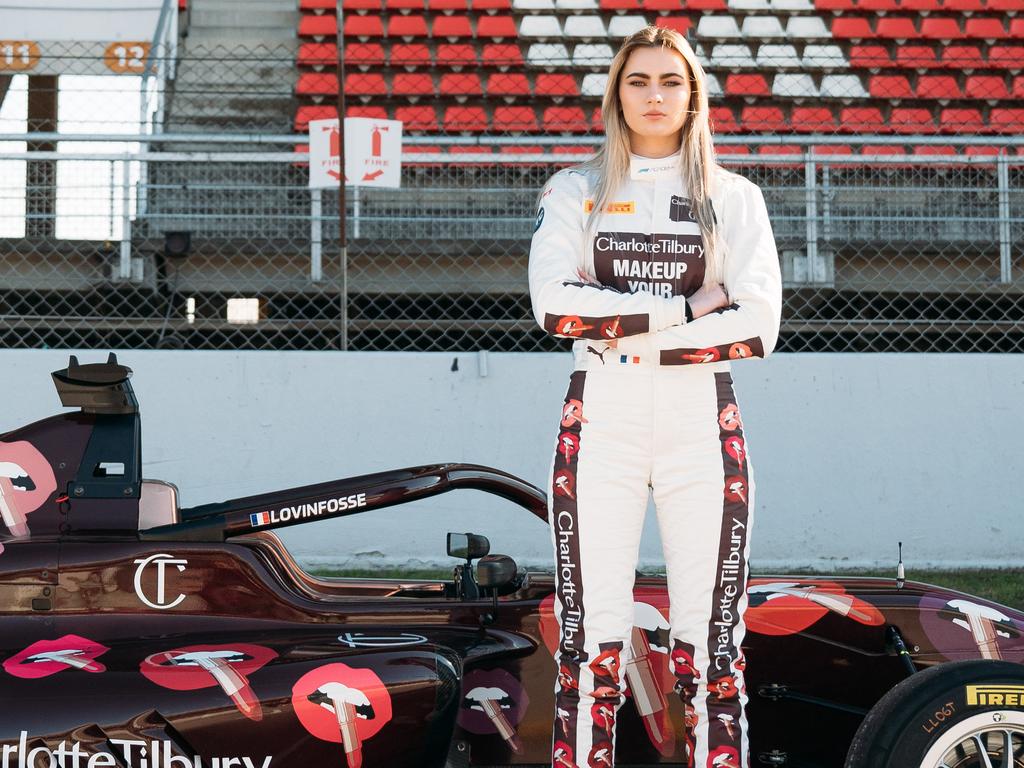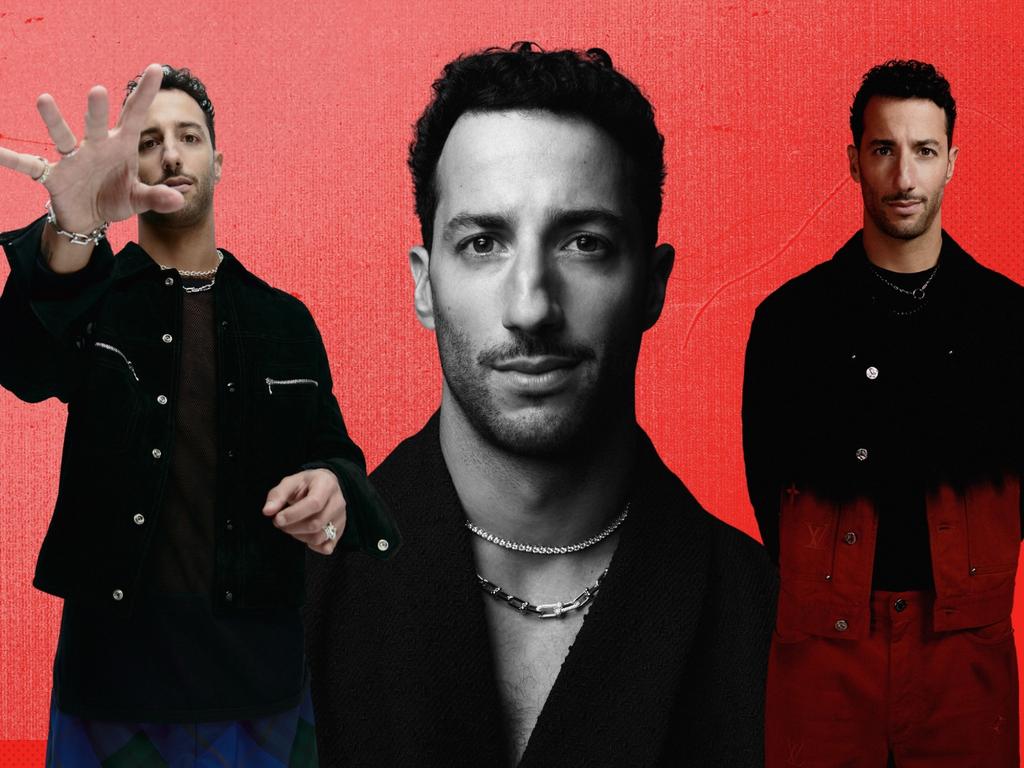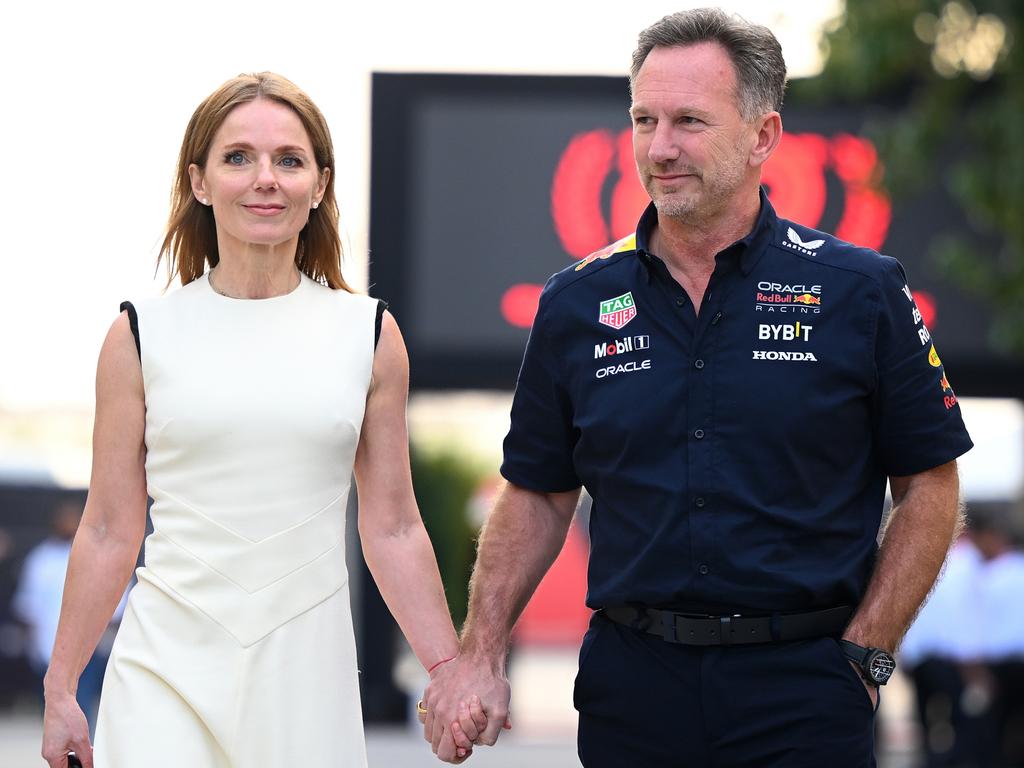The business behind Australia’s Grand Prix
Corporate brands are flocking to the Australian Grand Prix, as the motorsport soars in popularity and overtakes some of Melbourne’s centrepiece events.
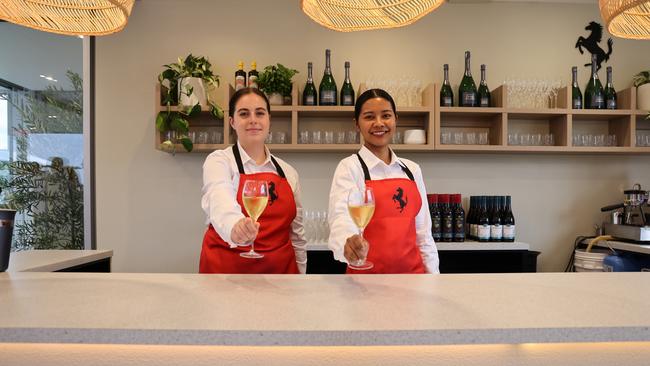
Influencers, sports stars and corporates once flocked to the Birdcage at Melbourne’s Flemington Racecourse, where the Melbourne Cup was a must-attend gig on annual social calendars and the jewel in the state’s event crown.
But impossibly fast cars and daredevil drivers featuring on Netflix’s Drive to Survive has rocketed the Formula One’s Australian Grand Prix to one of the most talked about spectacles in the country, and businesses are flocking to capitalise on surging crowds and appeal to a new audience of women.
Crown casino is opening a premium hospitality suite called the 330 Club, where punters can watch F1 cars “thunder past at 330 km/h”, the Paddock Club offers guests an outdoor viewing terrace above team garages on the starting line.
Along with the return of a Marriott Bonvoy hospitality suite and St Kilda institution the Esplanade Hotel hosting a pop-up bar – the Espy – there is no shortage of business interest in linking their brands with the GP.
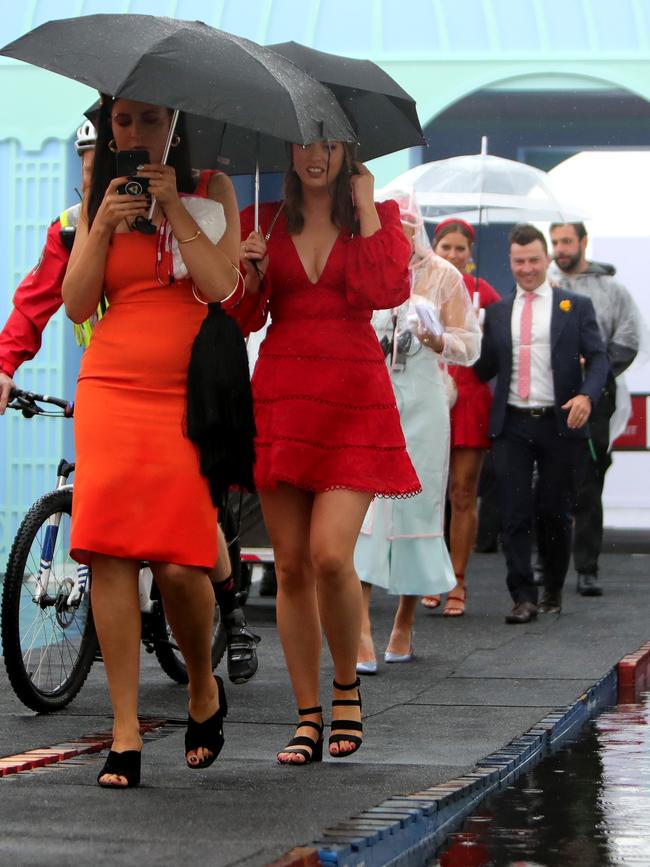
Ferrari Australasia CEO Jan Hendrik Voss said “public interest is leading corporate interest” in the event, with the racing house and car manufacturer offering its own exclusive hospitality suite to its Australian clients, Casa Ferrari.
“There’s a strong public interest. I have friends that have teenage girls in high school, they know every driver by name, and it is a very big sport with a young crowd,” he said.
“I think it’s shaping up to become the biggest and most exciting sports event in Australia on the calendar in any given year.
“And why wouldn’t corporates be interested in it. You have the fastest and most exciting racing in the world, right in your own backyard.”
Dr Voss said the GP could overtake the Australian Open tennis tournament in popularity.
“I think F1 is on track, if it’s not already beating the Australian Open tennis tournament,” he said.
Middle Saturday at the Australian Open was the tournament’s busiest day, which clocked 93,723 fans this year.
It compared with the busiest day at the GP, which saw more than 131,000 fans flood Albert Park on race day, which is always Sunday.
Crowds at the Melbourne event have continued to break records since organisers left punters lining up to enter Albert Park’s gates in 2020 before they abruptly cancelled it due to Covid-19.
After it was called off again in 2021, official records report 419,114 fans attended the Grand Prix over four days in 2022. That number was surpassed in 2023 when 444,631 punters were trackside, the highest ever.
As well, according to an Ernst and Young report on the event commissioned by the Victorian Government, female spectators have continued to grow.
“(in 2023) approximately 39 per cent of ticket purchases (were) by females, which is comparable to 38 per cent in 2022 and considerably above 24 per cent in 2019,” the report read.
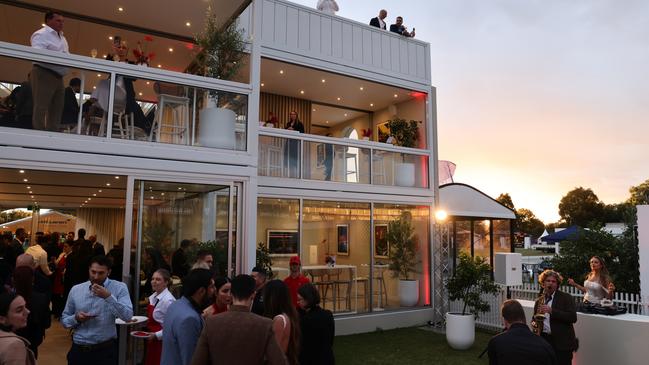
Of Crown’s decision to set up the 330 Club at the GP, the company’s Melbourne CEO Mike Volkert said “it was a natural fit”.
“(Melbourne) is renowned for being an events driven city. We’re one of the big cities of entertainment globally,” he said.
“It’s an incredible event, it keeps growing. This sport just seems to have a lot of momentum right now. And it’s really there’s a whole new audience and a lot of enthusiasm around it.
“We’ve seen a younger demographic, a big upswing and the numbers of women who are now really avid fans of this sport. And so it has a much broader mass appeal.”
One of the GP’s official partners, L’Oreal Australia and New Zealand, are partnering with the event for a third year and keen to market some of their brands which include skincare La Roche Posay to spectators as well.
“Half a million people go through this experience of the Grand Prix. So it’s terrific, it’s local … and projects out to a global audience,” CEO Alex Davison told The Australian.
Mr Davison said another of the company’s fragrance brands, Ralph Lauren, is a “good fit” for the GP audience too.
“There’s a split of I think 60 per cent men, 40 women, so there’s a great demographic going through the turnstiles,” he said.
Asked about why spectators are keen to spend their money on events like the GP and Taylor Swift concerts despite a cost of living crisis, Mr Davison said events like these allow fans to “deposit” into their wellbeing.
“If you’re trackside, it’s obviously an amazing gift. You hear the cars for miles around, I think there is a sense of occasion that lifts everybody.”


